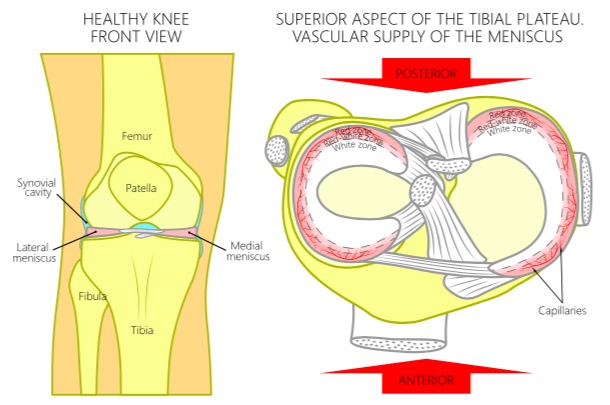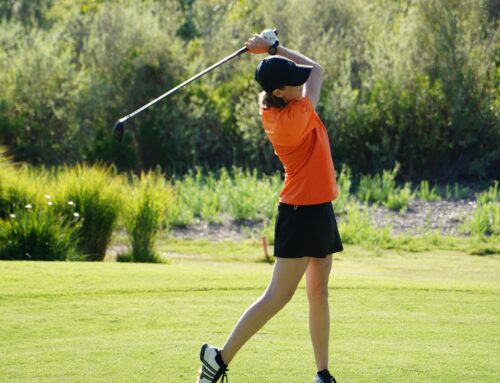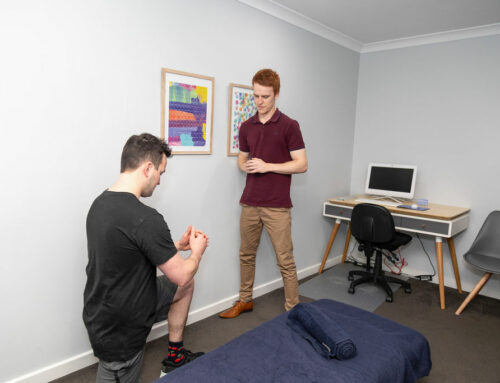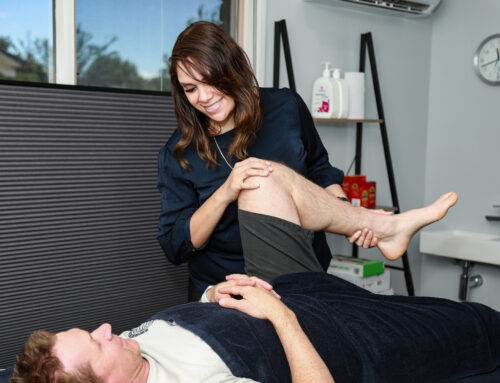Before I get stuck into the nitty gritty of one of the most common knee injuries, I want to talk about where my fascination with a little piece of cartilage began.
Growing up as a Miami Heat fan I loved Dwyane Wade and the way he approached basketball on and off the court. For those of you who don’t know, Wade’s career was arguably cut short by ongoing knee issues stemming from an injury he suffered in his college career – a meniscus tear. The decision was made to remove the meniscus in his left knee completely. By his own admission, that’s likely where his ongoing troubles began (1). These days, complete removal of the meniscus (meniscectomy) is uncommon – but more on that later….
WHAT is a meniscus?
A meniscus is a C-shaped piece of cartilage that sits in both of your knees on top of your tibia. You have two in each knee and they act as shock absorbers, providing cushioning and stability when you run, walk and jump.
As you can see in the image below, the outer part of the menisci (the ‘red zone’) receive a reasonably good blood supply but the further we go inside the knee (the ‘white zone’), the poorer this supply gets. This can play a significant role in the management of meniscus injuries, as we’ll discuss later.
HOW does a meniscus tear happen?
In the younger population, meniscus injuries typically occur during sports that require sharp directional changes and twisting movements such as basketball, netball, cricket and football.
This can be the same for the older population, however degenerative injuries are more common in this demographic due to gradual fraying of the meniscus as we get older.
WHAT are the signs and symptoms of a meniscus tear?
There can be great variation in how a meniscus tear presents and they can often be completely symptom free. In fact, a systematic review on 5,397 asymptomatic knees conducted in 2018 (2) found that 19% of people aged over 40 had a meniscus tear upon imaging (4% in individuals under 40).
The most common signs and symptoms of meniscus injuries are:
- Pain in the knee, especially when twisting or changing direction
- Swelling (usually minor due to the poor blood supply)
- A sense of instability
- ‘Locking’ of the knee
- Inability to fully extend the knee
- Clicking/grinding in the knee
HOW long will I be out of action for?
There is great variation in the healing time frames for meniscus injuries.
Tears in the ‘red zone’ tend to heal more rapidly as they have a reasonable supply of blood and nutrients, where as tears in the ‘white zone’ can be more difficult to manage and can take longer to fully recover.
Healing times are also heavily dependant on what type of injury or tear is present, how significant it is, how impaired your activities of daily living have become and whether or not surgery is warranted. Typically, recovery can take anywhere between 4-12 weeks.
WHAT can I do about it?
If you suspect you might have a meniscus injury, basic first aid principles (such as rest, ice, compression and elevation) may help with the pain and swelling in the short term. Conservative management (i.e. manual therapy, activity modification and exercise rehabilitation) is usually trialled first. If this is unsuccessful, other options can be explored such as surgical repair of the meniscus.
The osteopaths at Pakenham Osteopathy have a thorough understanding of the knee and will be able to assess you and develop a management plan based on your specific needs.
BUT I still ‘kneed’ to ask more questions?!
Don’t hesitate to get fire through some questions via email at darren@pakenhamosteopathy.com.au or call the clinic on 5941 4157.
References:
2. Culvenor, A. G., Øiestad, B. E., Hart, H. F., Stefanik, J. J., Guermazi, A., & Crossley, K. M. (2018). Prevalence of knee osteoarthritis features on magnetic resonance imaging in asymptomatic uninjured adults: a systematic review and meta-analysis. Br J Sports Med, bjsports-2018.






